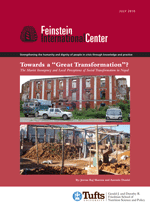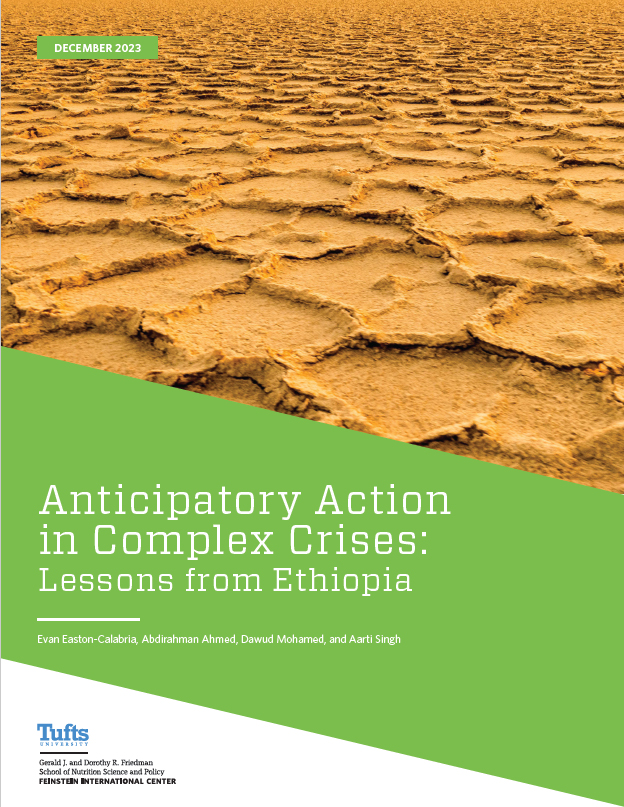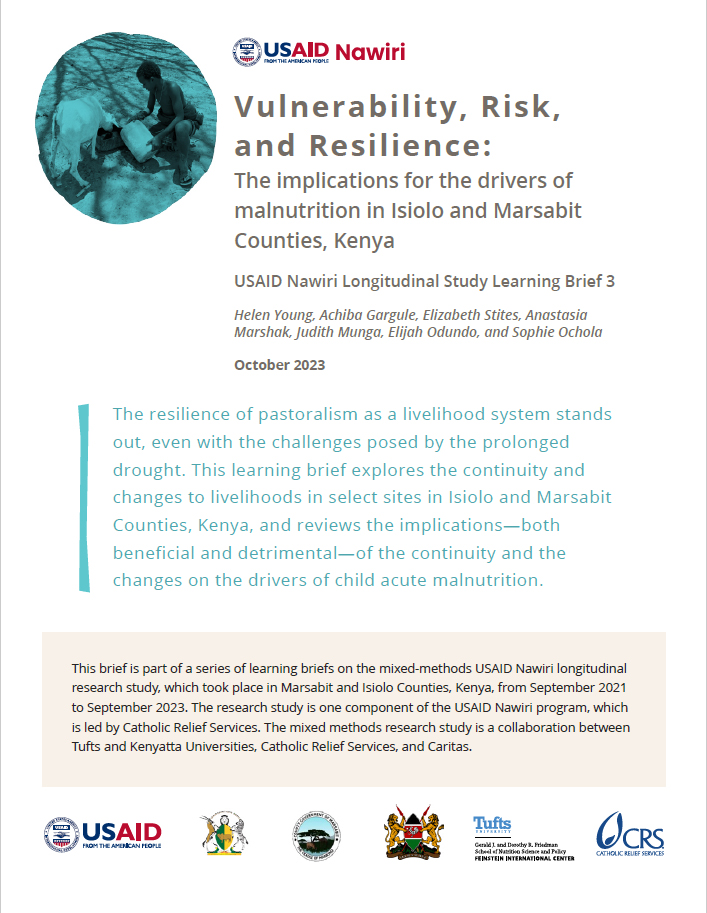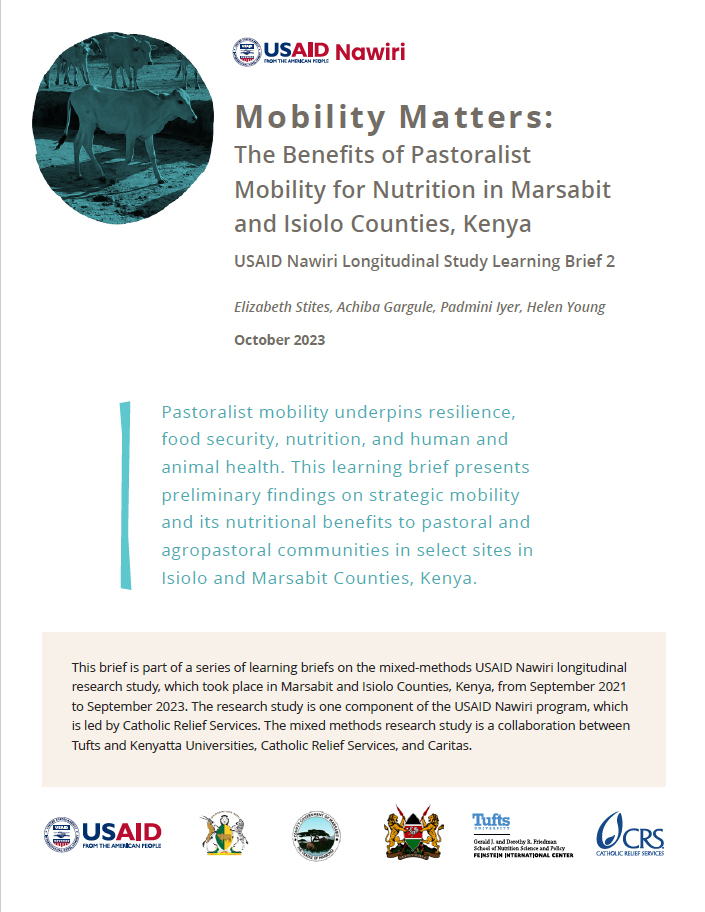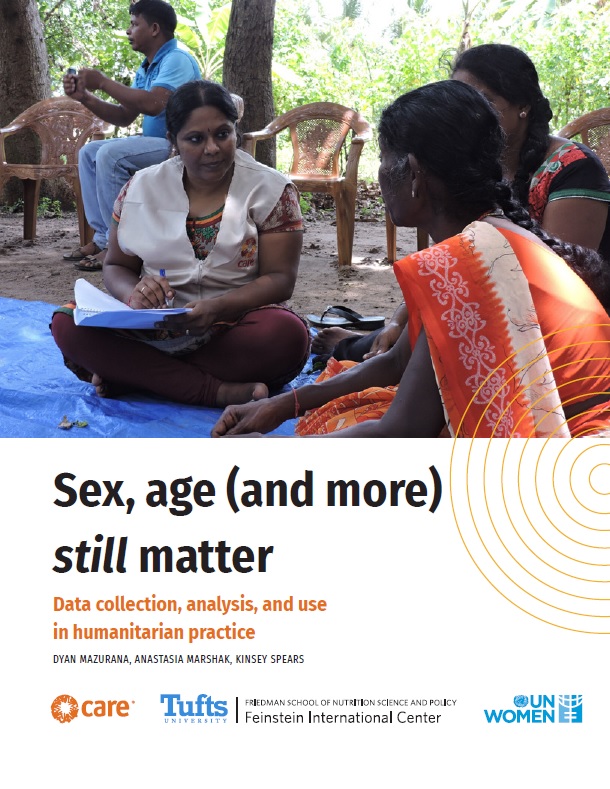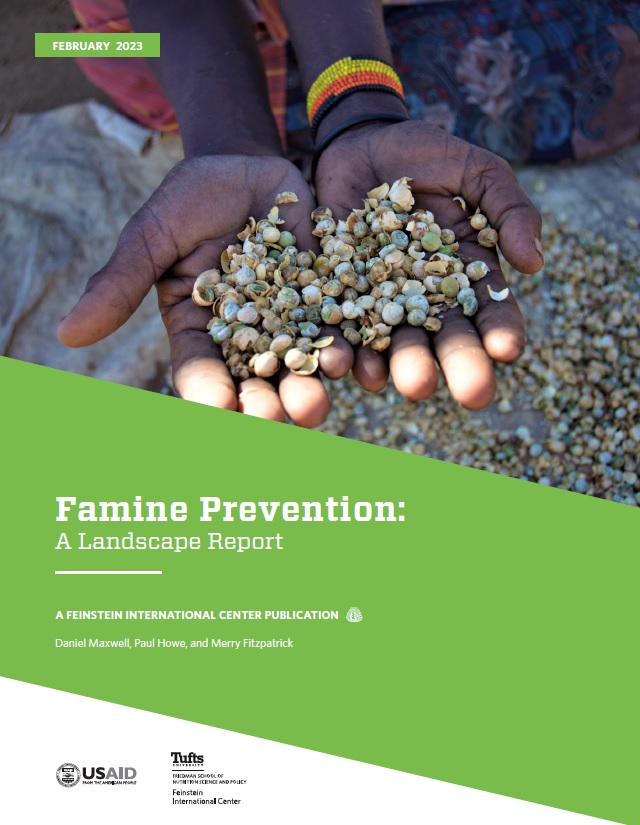This report presents the findings of a two-year field research project on local perceptions of social transformation in rural Nepal. The findings, and our interpretations of them, are presented in a manner that can contribute not only to scholarly debate but also to current discussions on development policy choices and on the role of aid agencies. Our study shows that alongside the political transition, there is clear evidence of a qualitative “step-change” in the way Nepali society is organized that is beyond the continual or “normal” processes of incremental change that are always at work. Field evidence clearly suggests that many existing social norms and patterns are being challenged and are being reconstructed.
However, the political economy of survival in rural Nepal has not changed dramatically. The poor remain poor, families receiving remittances from migrants are better off, and, in some cases, can access land that traditional landlords have abandoned. Nevertheless, the combination (and sometimes the competition) of the political agency of the Maoists and social development work of civil society organizations, in parallel with the development of formal and non-formal education, has resulted in a historical transformation of consciousness. Awareness of rights and gender has increased massively, the collective agency of women, oppressed and marginalized groups has escalated and has probably resulted in durable changes in how individuals, groups, and institutions interrelate. However, the “revolution,” such as it is, has yet to make a serious dent in the structural violence that continues to characterize life in rural Nepal.
Rural Nepal is being increasingly incorporated into the market economy. We argue that the incorporation of previously ungoverned spaces is likely to be fraught with tensions and ambiguities at the household, local, and national levels.
This study points to a rapidly emerging flashpoint here: if transformation in rural Nepal is more about the symbolic and the “awareness” aspects of social relationships and less about the structural dimensions of the human condition, the perceived disconnect between aspirations and reality is bound to escalate, with potentially serious consequences. In the absence of structural changes in the lives and livelihoods of people on the ground, especially if the current stalemate continues at the central political level, this gap is likely to grow further.

